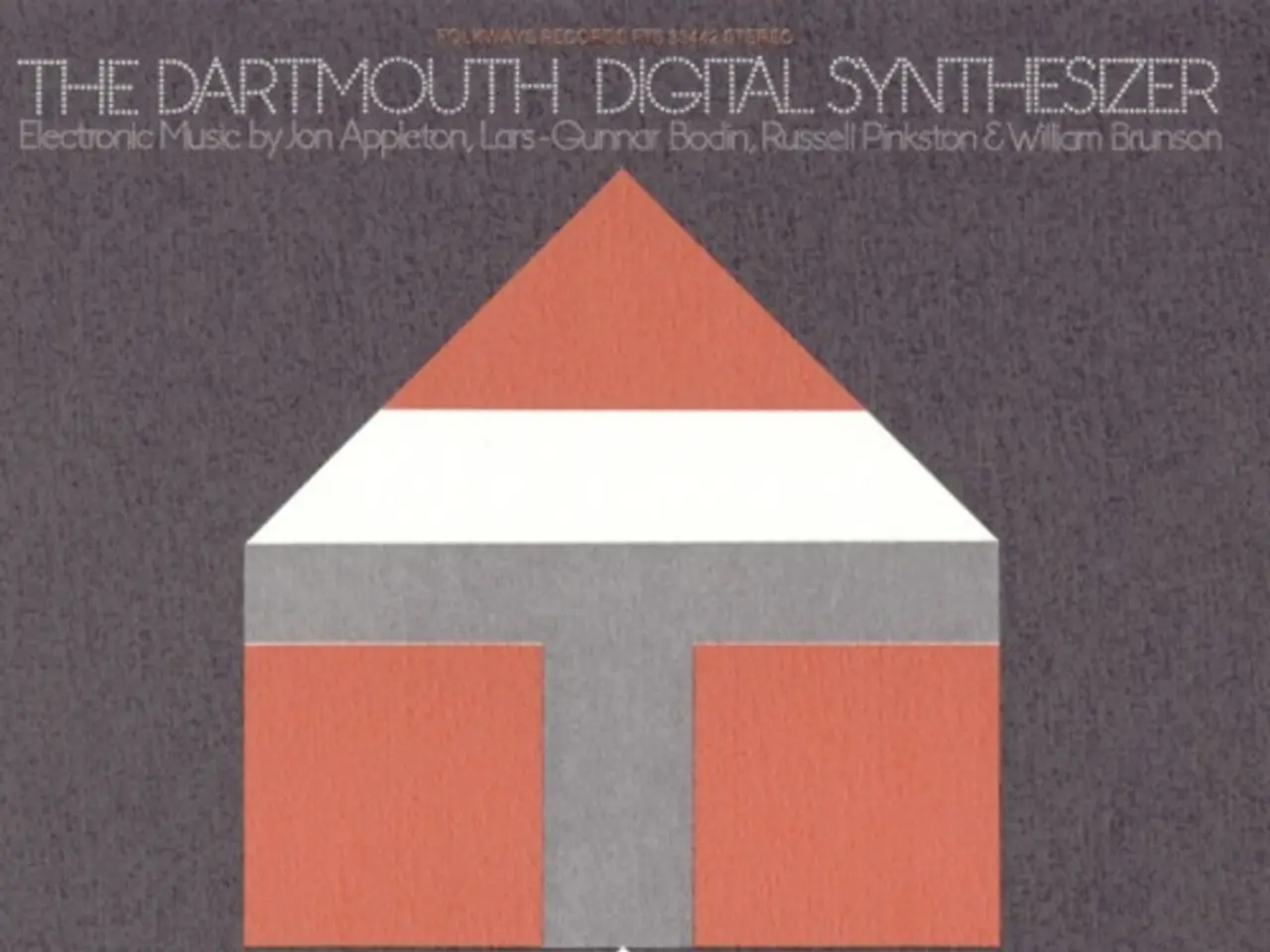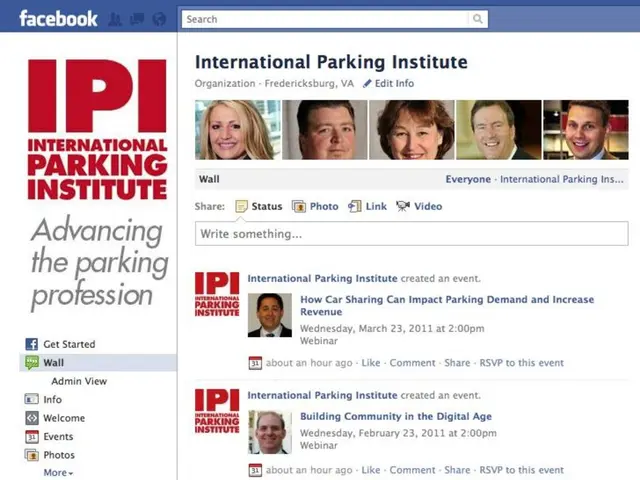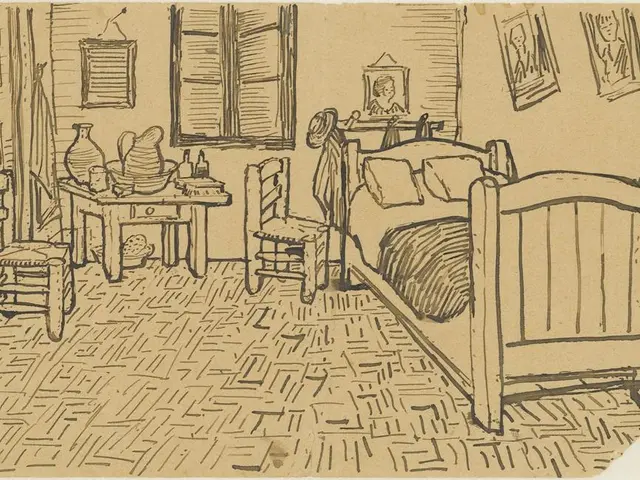Copyright Exemptions for Designers Under Fair Use Principles
In the realm of copyright law, the concept of fair use plays a significant role. Fair use is a legal doctrine that allows limited use of copyrighted material without the need for permission from the copyright owner. To determine if your use of someone else's work qualifies as fair use under U.S. copyright law, you must analyze your specific situation based on four key factors.
- Purpose and Character of the Use: The purpose of your use is crucial. Uses that are transformative—meaning they add new meaning, message, or purpose and do not just copy the original—are favored. Commercial uses weigh against fair use, but transformative commercial uses can still qualify. For instance, using a copyrighted image in a critical analysis or review would be more likely to be considered fair use than using it for commercial gain without alteration.
- Nature of the Copyrighted Work: The nature of the copyrighted work also comes into play. Using factual or published works tends to favor fair use more than using highly creative, unpublished works, which get stronger protection.
- Amount and Substantiality: The less you use of the original work, particularly avoiding the "heart" or most important part, the more likely your use is fair. Using large or key portions weighs against fair use.
- Effect of the Use on the Potential Market: If your use harms the original work’s market or its potential value, this weighs strongly against fair use. If no market harm or substitution is caused, fair use is more likely.
These factors are weighed on a sliding scale together; no single factor alone determines fair use. Judges decide after considering all factors and how precedent applies. Because of inherent uncertainty, fair use is often a case-by-case judgment, and careful analysis and good-faith consideration are important.
In summary, to assess fair use:
- Identify your use’s purpose: Is it transformative, educational, critical, or commercial?
- Evaluate the work’s nature and how much of it you use.
- Consider whether your use affects the work’s market.
- Balance these factors collectively to judge whether your use is fair.
Keep in mind that only courts can definitively rule, and fair use can be contested by copyright holders. Exercising fair use rights responsibly involves understanding these factors and the risks involved. It is advisable to seek legal advice before using copyrighted material to understand whether the use is fair.
Additionally, it's important to note that copyright law protects the intellectual property of creators, and to use someone else's work, one needs to be aware of copyright laws. Registration of copyright is not required in most countries, but there are benefits to rights holders for registering copyright in the United States.
In conclusion, while fair use provides a valuable exception to the exclusive rights of copyright owners, it is crucial to understand its complexities and the potential risks involved. By carefully considering the four key factors and seeking legal advice when necessary, you can make informed decisions about using copyrighted material.
- A UI designer might argue that using a fashion-and-beauty image in a digital product interface, with an intent to enhance the user experience and provide a more engaging lifestyle aesthetics, falls under the concept of transformative use in the realm of fair use.
- In a home-and-garden blog post, it would be acceptable to include brief excerpts or quotes from a renowned gardening book, as long as the use doesn't infringe upon its market value or potential sales, contributing to the educational purpose of the blog while respecting the original work's intellectual property rights.





